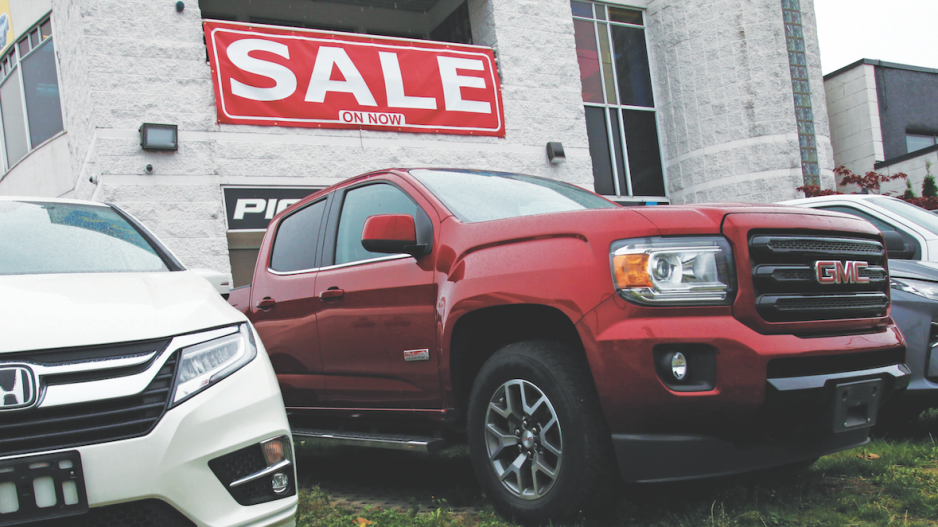Despite inventory relief and a return to normal in some sectors of the economy, the automotive industry will likely continue to see supply strain this fall.
Blair Qualey, president and CEO of the New Car Dealers Association of BC, said member dealers’ lots continue to see low levels of in-stock inventory, meaning buyers of new vehicles will more likely than not be waiting if they want a specific model and trim.
That is especially the case for electric cars. The high price of gas has pushed more consumers towards battery-electric vehicles, but this has coincided with a shortage of computer chips, which are vital to running all aspects of modern cars, from engine and motor management, to the cameras and sensors that are becoming ubiquitous in all vehicles.
“British Columbians have always been on the forefront of demand for electric vehicles,” Qualey said, noting the province began its Clean BC Go Electric program as far back as 2011. “And virtually every manufacturer is electrifying their fleet of offerings for consumers, so that’s pretty exciting over the next few years.
“There is a long wait for many of these vehicles, and again, it goes back into the microchip shortage. There are a lot of chips in most vehicles, and especially in electric cars. Manufacturers are ramping up production as quick as they can, but with the supply chain challenges, you’ll see more of these cars on dealers’ lots over the next year or two.”
The key for consumers, Qualey said, is the same as it is for the many other supply-chain challenges that have emerged post-COVID.
“You have to take three deep breaths and exercise lots of patience,” he said. “Under the current situation of supply, you are not necessarily able to get the very first thing you want right away. But you can put an order in and have what you want exactly, or you can come to the dealers and let them help you with an interim option until your brand-new electric or whatever else shows up at your local dealer.”
One thing that has helped with the strain in the market, officials say, is the cooling of the used car market.
During the height of the supply-chain shortage late last year and earlier this year, the lack of available new cars drove used car demand – and thus, used car prices – to unprecedented highs. With some brands such as Tesla (Nasdaq:TSLA), Lexus (TYO:7203) and other in-demand models, a low-mileage vehicle with a clean history was selling at new-car prices in the first few months of 2022.
That is no longer the case, Qualey said. While used car prices are still high, they have dropped from their apex due to a variety of factors – not the least of which are current inflationary pressures, as well as the Bank of Canada raising interest rates to combat said inflation.
“That has moderated the used car market, and I think that’s good news for consumers,” Qualey said. “There was a time where, when new car inventories dried up, people went racing for a used car, and that made prices go up.... There are now all sorts of things going on in the world that’s influencing a consumer’s decision to purchase a vehicle, so dealers are trying their best to get somebody something that will satisfy their needs.”




